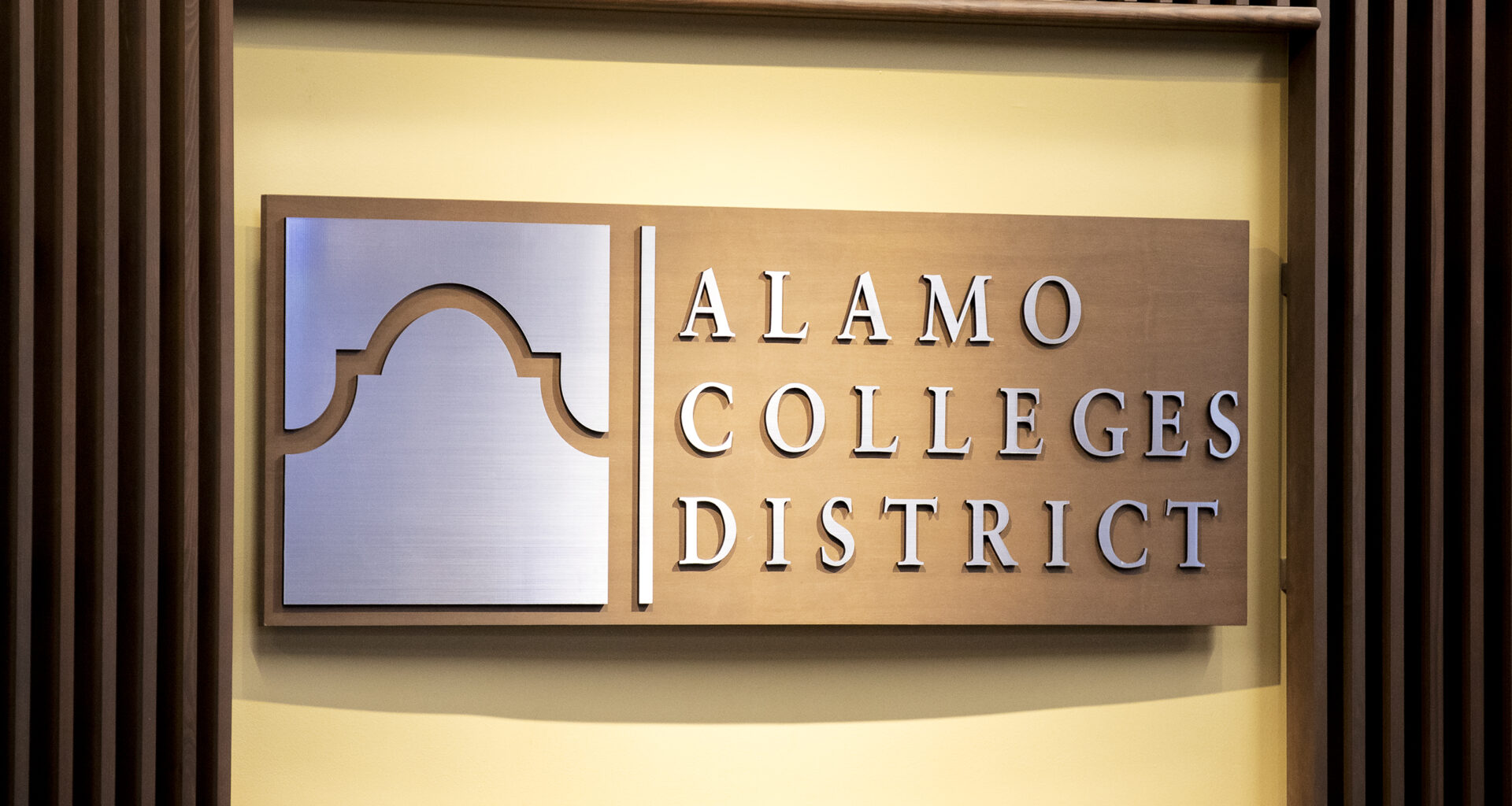Alamo Colleges District began conversations on the implementation of Senate Bill 37, which was passed by the Texas Legislature in May, granting unprecedented oversight of public colleges and limiting how many can serve on faculty senates or councils.
During a committee meeting held on Tuesday, the elected board of trustees at Alamo Colleges District received a preview of the proposed changes that would eliminate 89 current faculty senate seats across its five colleges. The proposal is slated to be discussed during a regular board meeting on Aug. 12.
SB 37 limits the role of faculty senates, which have traditionally served as advisory bodies and help universities approve policies impacting academics, curriculum, evaluations and hiring.
“Faculty were not included in the crafting of the proposed policy,” said Cindy Katz during a public comment session speaking on behalf of the Alamo Colleges United Faculty Senate. “Faculty contributions are critical in the planning, development and implementation of policies and procedures that impact faculty, especially ones creating a body to represent faculty voices.”
Effective Sept. 1, the new law also limits membership in these advisory bodies to 60 total senators and mandates the length of their terms.
The bill has drawn attention for its creation of state-appointed committees that will be tasked with reviewing and making recommendations on curriculum, as well as university committees also tasked with course reviews.
These changes paired with limits to the role of faculty members in academic decisions have rattled educators and advocates who say this shifts control of higher education institutions to political appointees.
“Senate Bill 37 greatly harms the quality of Texas public community colleges, universities and health institutions as well as our economic competitiveness and health care,” reads a statement by the American Association of University Professors. “SB 37 imposes political control over the core curriculum, majors, minors, and certificates, limiting professors’ ability to teach analytical thinking.”
At Alamo Colleges the initial proposal submitted to the elected board includes replacing it’s current 114-voting-member faculty senate with a new 25-member faculty senate to represent all five of its unique colleges — San Antonio College, Palo Alto College, Northwest Vista College, Northeast Lakeview College and St. Philip’s College.
Each college has their own leadership and president at the helm. But the five faculty senates combined represent about more than 900 full-time faculty members.
The proposal calls for five members from each college, with one member from each college being appointed by the chancellor with input from the college president and the rest are elected by full-time faculty members.
“Appointed and elected members must be full-time faculty in good standing,” the proposal submitted to the board for review on Aug. 5 reads. “Good standing means: not currently on progressive discipline… and have a record of acceptable job performance.”
The policy also calls for full-time faculty as eligible voters, and those appointed by Alamo Colleges Chancellor Mike Flores would serve as Presiding Officer, Associate Presiding Officer and Board Secretary.
The Alamo Colleges United Faculty Senate, which consists of the five presidents of each campus senate and one elected chair were present at the committee meeting to express their concern over cutting their membership from 116 total faculty senators, to 25 for all five campuses. They also submitted a redlined copy of the proposal to the board for consideration asking to expand this number to the allowed 60 members, among other changes.
Currently the size of each faculty senate is different based on the size of each campus. San Antonio College is represented by 26 faculty senators, St. Philip’s by 18 senators and two non-voting delegates, Palo Alto by 36 senators, Northwest Vista by 18 senators and Northeast Lakeview by 16 senators.
“We would like the policy to allow for the maximum number of 60 representatives to give flexibility in the development of senate structure and allow for spreading the work out among more members of each college who would be adding their membership duties to their full-time position responsibilities,” Katz told the board.
The board will determine the number of members they would like to start with, up to the 60-member limit, under the new law and whether or not they would allow adjunct faculty to serve.
Because this is not a paid position, Alamo Colleges officials said they proposed limiting the senate seats to full-time employees who earn more than adjunct faculty.
While the matter could not be discussed in the committee meeting at length, Chancellor Flores said starting at the 25 membership mark would allow the colleges to add roles as each college continues to add faculty to their campuses, so that faculty from all areas would be eventually represented.
It is also possible, Flores said, that the district would be looking to add one more college to their roster in the near future.
“We want to be mindful of growth,” Flores said. “More than likely within the horizon of probably three to five years that we would look at (adding) another academic organization, such as an additional college, moving from five to six colleges.”
But faculty senate members expressed concerns over having to go back to the board to approve additional seats every time a college needs further representation.
Board Chair Clint Kingsbery expressed his intention to propose adding two more faculty senate seats per college, for a total of 35 seats, but a full discussion and vote is expected to take place during the regular board meeting on Aug. 12 at 6 p.m.
“I know that there was consideration by the board of possibly looking at other numbers,” Kingsberry said. “Because we are condensing essentially five faculty senates into one single entity and every voice matters.”
